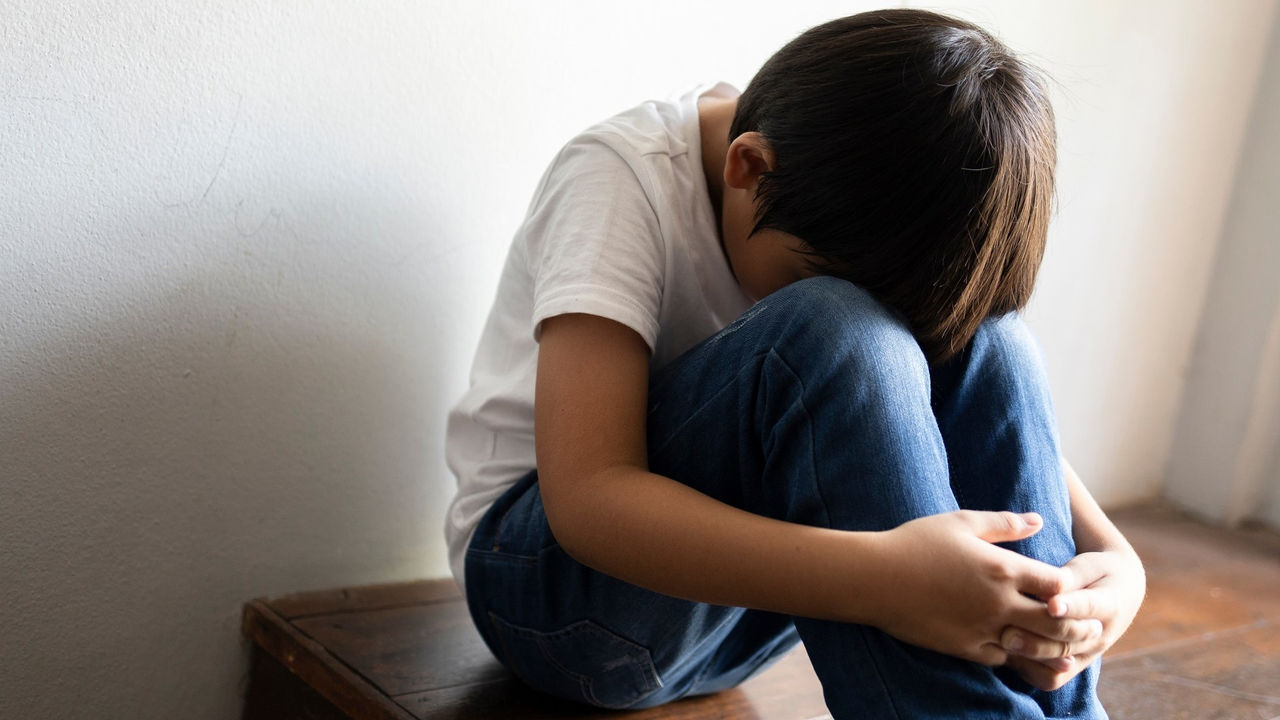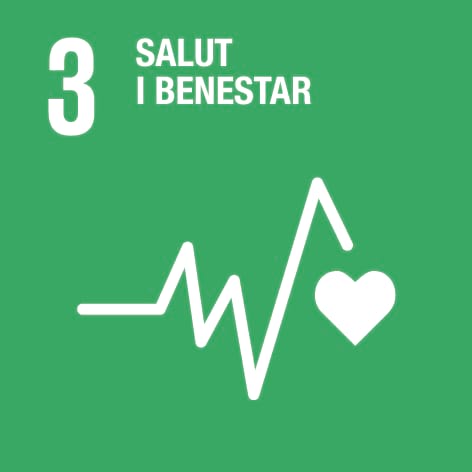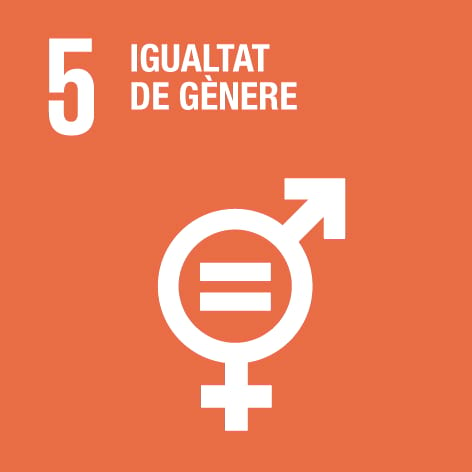Children with developmental language disorder have more emotional problems
20% experience anxiety and 37% have social problemsDespite there being fewer diagnoses of girls than boys, girls present more "thought problems"

Children with developmental language disorder (DLD) experience more emotional suffering than their typically developing peers. As a result, they may show symptoms of conditions such as anxiety and depression, or have other issues, such as aggressive behaviour, social difficulties or attention problems.
A study by researchers from the Universitat Oberta de Catalunya (UOC) and the University of Barcelona (UB) has revealed a higher percentage of children with severe mental health problems among those with DLD than among typically developing children. For example, 20% of children with DLD exhibited severe anxiety, compared to 8% of their typically developing peers. In the group of children with DLD, 13% exhibited aggressive behaviour issues, compared to 4% in the typically developing group. The percentages for social problems were 37% and 5%, respectively.
The research, Emotional suffering in school-aged children and adolescents with and without developmental language disorder, published in the high-impact open-access journal Acta Psychologica, was led by Nadia Ahufinger (UOC) and Mari Aguilera (UB-UBneuro), researchers in the Cognition and Language (GRECIL) research group, which is affiliated to the UOC's research unit on Digital Health, Health and Well-being. They explained that these children exhibit both internalizing symptoms, such as anxiety and depression, and externalizing symptoms, such as disruptive behaviours or behavioural problems: "There is no single presentation of emotional distress in children with DLD. Instead, they present a mixed pattern, with difficulties arising in both areas. This highlights the need for a comprehensive clinical and educational approach that takes into account the many ways in which emotional suffering can present in this population," they said.
Girls' problems are less visible and less frequently identified
The study examined the symptoms of 109 children with DLD and 101 typically developing children by means of questionnaires completed by their families (primarily their mothers). Among other findings, the study shows that girls have more "thought problems", which include unusual thoughts, recurring worries, insomnia and attention difficulties. As all these issues are less visible at school, they can sometimes go unnoticed, resulting in girls failing to receive adequate treatment. "Due to this less visible way of expressing distress, girls' difficulties are more likely to go under the radar, especially at school, where the most disruptive behaviours – which tend to be more prevalent in boys – are often more easily detected," said Ahufinger and Aguilera.
They both agreed that research on children with neurodevelopmental disorders such as DLD should incorporate the gender perspective: "Sexist stereotypes directly affect how children express their emotions. So, examining gender differences can help better identify emotional challenges by working with more specific and less culturally biased criteria and pave the way for fairer approaches in clinical and educational practice."
Social problems and a higher risk of bullying
Misunderstandings or a lack of comprehension due to language difficulties can lead to social exclusion, a lack of stable friendships and difficulty actively participating in friendship groups. According to Ahufinger and Aguilera, "these children are often perceived as 'different' by their peers, which can lead to taunting or social rejection. In fact, a number of studies have shown that children with DLD are at a significantly greater risk of bullying at school than their peers without language difficulties. These experiences can exacerbate their emotional distress and trigger a vicious circle of social challenges, negative emotions and inhibited communication."
Integrating preventive programmes into the care of children with DLD
Based on the findings of the study, the fact that children with DLD are at a greater risk of emotional distress makes it essential to put in place prevention programmes that take the link between language, emotion and mental health into account. According to the authors, this entails "integrating work on emotions with activities tailored to each child's language skills, for example by enriching their emotional vocabulary and teaching them to recount experiences and express feelings in different tenses." All this can help prevent emotional distress while improving communication skills.
Ahufinger and Aguilera recommended that teachers and families watch out for any symptoms in these children – such as isolation, anxiety, irritability or disruptive behaviours – as they can be signs of emotional distress, particularly in girls, whose symptoms tend to be less visible. The authors also believe that "when carrying out assessments, professionals in this area should pay particular attention to the emotional domain and consider whether these children are experiencing any difficulties or are at risk of psychological symptoms, so that they can work with their teachers to address them."
However, although – as revealed by the study – children with DLD generally present higher levels of emotional distress than their typically developing peers, "it should be noted that, although children with DLD generally exhibit a higher degree of emotional suffering, this does not mean that they all have a diagnosed emotional disorder or a clinical profile consistent with one. This is reason for optimism, as many children with DLD are able to effectively regulate their emotions and enjoy a good quality of life. Having said that, the number of children with scores in the clinical range, who may also be suffering from significant emotional disorders in addition to their language disorder, is higher in this group," said Ahufinger.
The research described is part of the UOC’s research missions: Lifelong education and Digital health and planetary well-being. This research contributes to Sustainable Development Goals (SDGs) 3, Good Health and Well-being; 4, Quality Education; and 5, Gender Equality.
Ahufinger, N., Aguilera, M., Guerra, E., Giberga, A., Verdaguer-Ribas, O., Balboa-Castells, R., Andreu, L., Esteve-Gibert, N. & Sanz-Torrent, M. (2025). Emotional suffering in school-aged children and adolescents with and without developmental language disorder. Acta Psychologica, 255, 104927. https://doi.org/10.1016/j.actpsy.2025.104927
Research at the UOC
Specializing in the digital realm, the UOC's research contributes to the construction of future society and the transformations required to tackle global challenges.
Over 500 researchers and more than 50 research groups make up five research units, each with a mission: Culture for a critical society, Lifelong education, Digital health and planetary well-being, Ethical and human-centred technology and Digital transition and sustainability.
The university's Hubbik platform fosters the development of UOC community knowledge transfer and entrepreneurship initiatives.
The goals of the United Nations 2030 Agenda for Sustainable Development and open knowledge are strategic pillars that underpin the UOC's teaching, research and knowledge transfer activities. For more information, visit research.uoc.edu.
Experts UOC
Press contact
-
Anna Sánchez-Juárez



